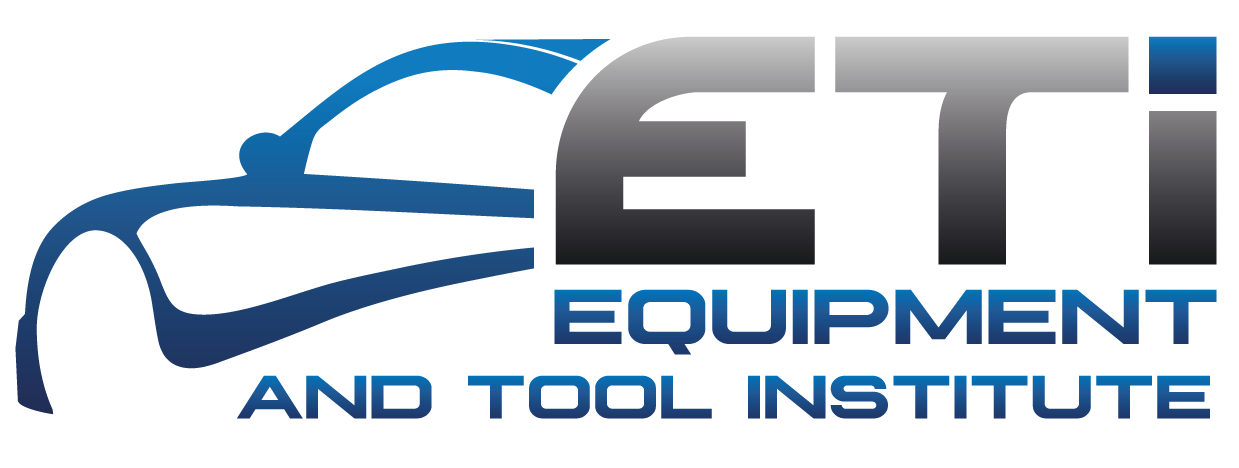By Brian Plott, executive director, Equipment and Tool Institute (ETI)
There is little need for me to reiterate the obvious that the industry is changing. It has been changing. It continues to change! Or maybe the better statement would be that it continues to evolve. We are all connected to this evolving industry, each in our own special way, across thousands of businesses and dependencies. Last week, I came to a realization of the significance of my own contributions to the transportation industry and all I had to do was look in my toolbox.
What started as an effort to downsize my tool storage, and the tools contained therein, quickly became a deeply personal walk along my career, through tools. I started with a drawer that I hadn’t opened in a long while and found the first major product I purchased off a tool truck. It was an analog volt-ohm, tach-dwell meter. I remember standing on the truck as a new mechanic and setting up my first tool account in order to get that meter. I couldn’t wait for the opportunity to use the meter, and use it I did, for many years, until it was replaced with a DVOM, which is still in the box. I found test tools for HEI, DIS and more. I found a beautiful, anodized A/C gauge set, but, of course, it was for R12. Anybody need a timing light? Ha, I found two! With the advent of OBD came the investment in very early scan tools, digital graphing multi-meters and other test equipment. I purchased more over time, the last one being over 10 years ago now. I won’t bore you with the stories behind sockets (deep, shallow, “tweeners,” standard, metric, Torx, specialty, and so on). Wrenches and pliers, pretty much the same story. However, as I sorted, batched, and sometimes threw away these tools, I remembered so many instances where they made my job easier, faster, better and heck, in many cases … possible!
Equipment and Tool makers have been keeping up with evolving technologies in vehicle repair and providing us with the products we need to stay efficient and capable of repairing and maintaining every iteration of the evolving automobile. But, how do we keep shop owners, repair technicians and parts providers informed? How do we convey the offerings on the latest technologies, products, information, training and industry efforts driven on their behalf? One word … AAPEX!
The associations that bring us AAPEX work tirelessly throughout the year to bring the repair industry the information on everything it needs to evolve, all in one place. Looking for advice on the best strategy to handle advanced driver assistance systems (ADAS)? At AAPEX, shop owners, techs and service professionals can all see the information, tools and equipment needed to tackle ADAS while talking with ADAS experts, all under one roof. Need help in the collision space handling the transition from legacy collision repairs to dealing with repairs on new vehicles? How will you manage emerging technologies, which include technologies such as sensors, cameras, Lidar, radar, new materials, adhesives, new repair procedures and so on? You’ll find the answers directly from the experts at AAPEX.
The 2021 show is almost upon us. Think about your questions and areas where you might need help. Then, take a trip to AAPEX in Las Vegas. Get the advice and direction you need. See the parts and system providers. Touch new and emerging technologies. Get hands-on with equipment that will make your life easier and more profitable. And finally, take your own walk through your personal career of tools and find the next products you will need to evolve today and in the coming years. Oh, and by the way, AAPEX is also a great venue for networking. I go to see the latest offerings from the best companies in the world, but I also go to say hi to the many friends I’ve made along the way.
Please visit our ETI booth, # R8633, and say hi. We would love to talk with you. We’ll see you at AAPEX. Don’t miss out, register now!

Recent Comments